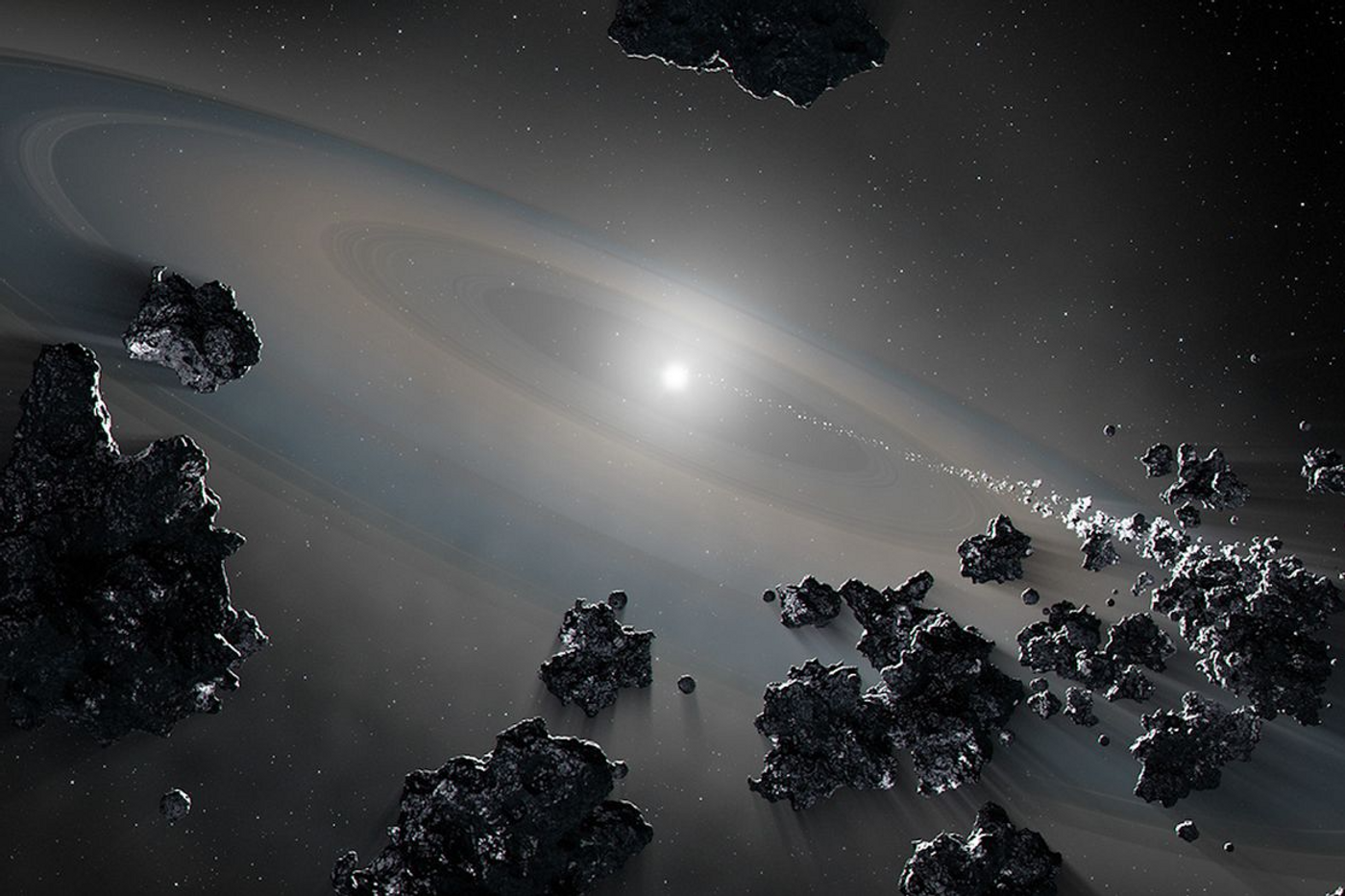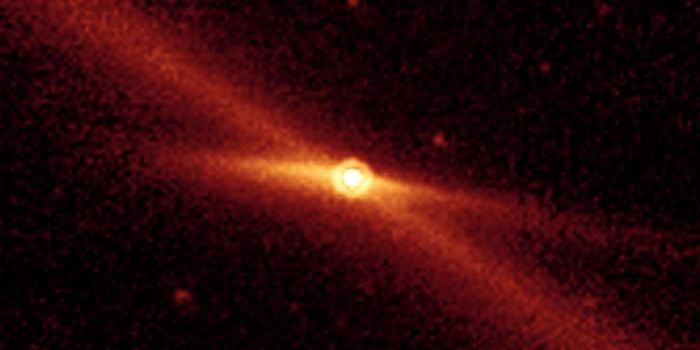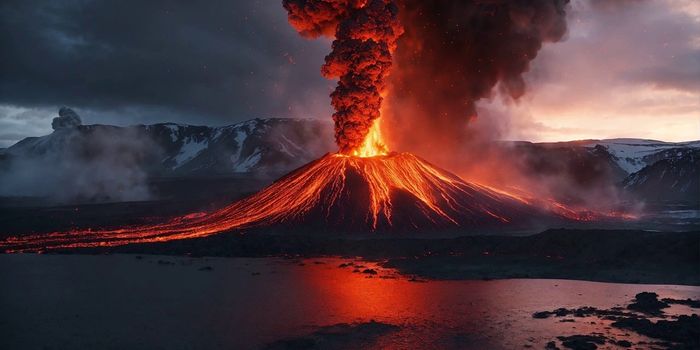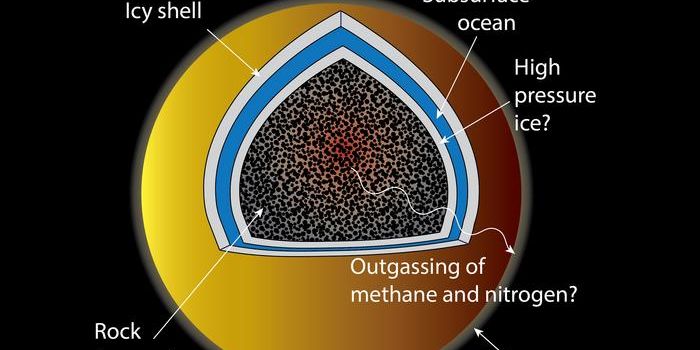Dead Star's Cannibalism Points to Future of Our Solar System
During a press conference at this summer’s American Astronomical Society meeting, a team of researchers presented results from observations of a dead star consuming materials from its planetary system. The dead star, G238-44, is a white dwarf – a burned-out core that remains after a star like our Sun sheds its outer layer when it stops burning fuel through nuclear fusion – 86 light-years from Earth and was observed to be consuming rocky-metallic material, likely from an asteroid, and icy material, likely from an astronomical body that would be similar to those found in the Kuiper belt of our own Solar System.
The team of researchers was made up of astronomers from the University of California, Los Angeles, University of California, San Diego, and the University of Kiel in Germany. They made use of data obtained by NASA’s Far Ultraviolet Spectroscopic Explorer, the Keck Observatory’s High Resolution Echelle Spectrometer in Hawaii, the Hubble Space Telescope’s Cosmic Origins Spectrograph and the Space Telescope Imaging Spectrograph. The team used this data to measure the presence of nitrogen, oxygen, magnesium, silicon, and iron, as well as other elements in the atmosphere of the white dwarf. They detected very high abundances of iron and nitrogen. The iron provides evidence of the consumption of the metallic cores of terrestrial planets, while the nitrogen provides evidence of the consumption of icy bodies. This is the first time a white dwarf has been observed to be accreting both types of objects simultaneously.
Theories of star formation and evolution tell astronomers that when a star like our Sun dies it can be an incredibly destructive process. First, the star expands exponentially into what is known as a red giant, then the star quickly loses its outer layers in a planetary nebula phase, and what’s left of the star at this point collapses into a white dwarf, which would a super dense object, approximately the size of Earth, but with the mass of our Sun. This process would disrupt the planetary system surrounding the star, causing the objects in the stellar system to be scattered and/or consumed by the white dwarf.
It is suspected that what was observed with G238-44 would be a very similar fate to our own Sun some 5 billion years in the future. The observations of this white dwarf show the true scale of such destruction, showing that the white dwarf would be able to capture material from its nearby asteroid belt, as well as from the outer reaches of its solar system – similar to our Solar System’s Kuiper belt region. Additionally, these observations show that icy reservoirs, such as our Kuiper belt, may be common in planetary systems. It is believed that billions of years ago, comets and asteroids crashed into rocky planets – like the Earth – and provided the water that is necessary to produce life. Thus, it is plausible that similar conditions for life exist in other planetary systems in the Universe.
Sources: UCLA Newsroom, American Astronomical Society









